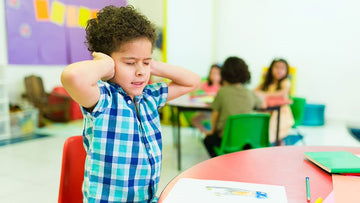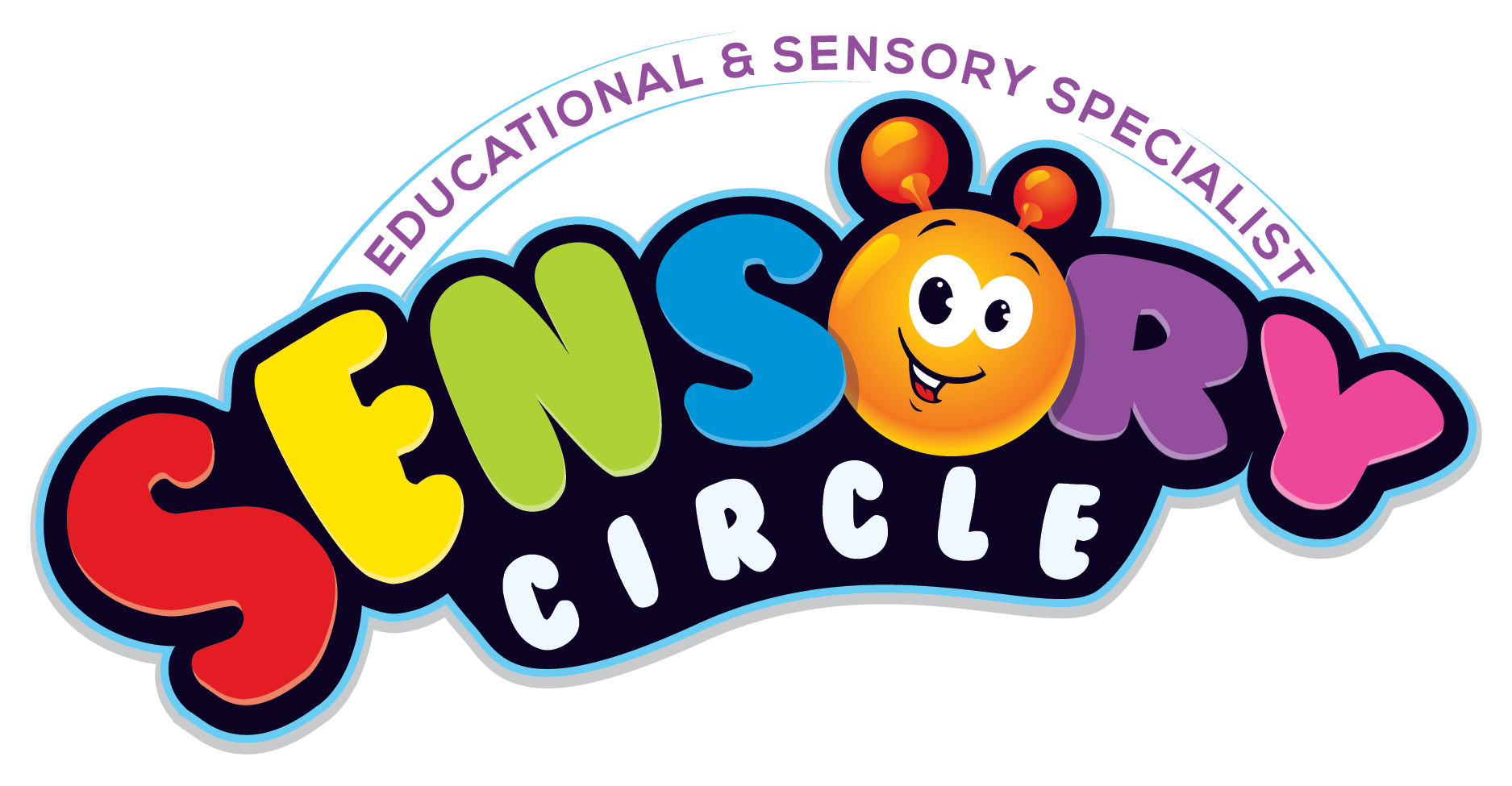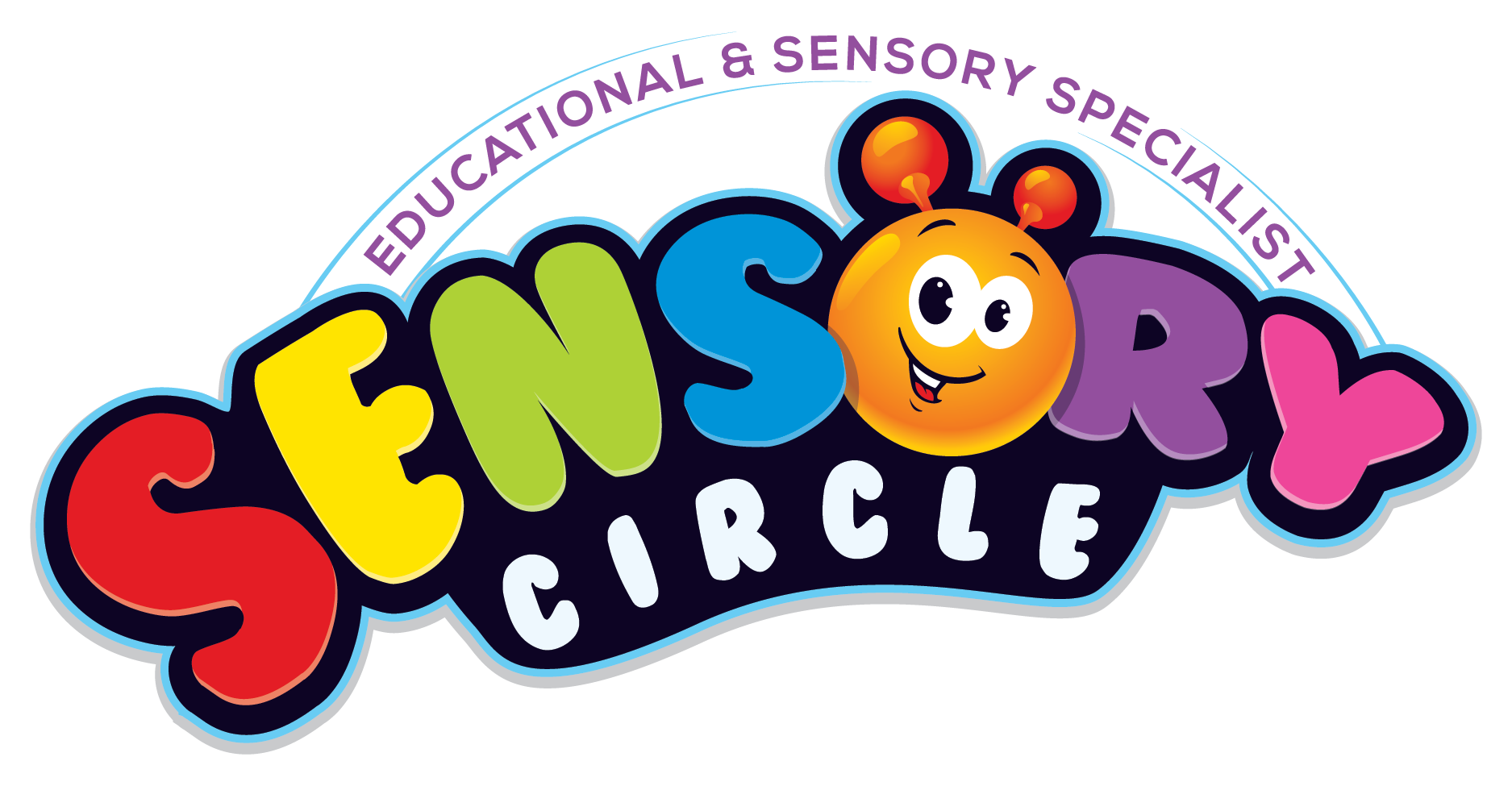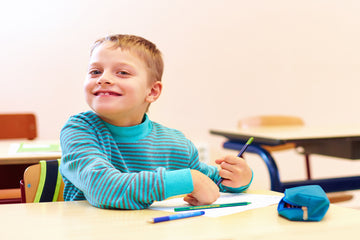Unlocking the Secrets: Communicating with Nonverbal Autistic Children
by Marrianne Parkes on Apr 23, 2024

In the intricate tapestry of human communication, some threads may be harder to unravel. Enter the world of nonverbal autistic children, where words as we know them often dance just out of reach. Understanding these unique communicators entails embracing a special challenge—an invitation to decode the rich language of gestures, expressions, and unspoken cues that color their interactions.
For parents, caregivers, teachers, and therapists venturing into this realm, the quest for connection takes on a poignant significance. Nonverbal autistic children speak volumes beyond words, beckoning us to explore realms beyond speech alone. Resonating with silent symphonies of emotion, they invite us to discover alternative paths to understanding—one where patience and creativity are the guiding stars toward unlocking profound connections.
Join us on a journey through uncharted territories of expression as we delve into the heart of communicating with nonverbal autistic children. Let's delve beyond verbal confines into a world where unspoken narratives unfold like delicate blossoms waiting to be understood. Step by step, we'll navigate this intricate landscape together in search of those priceless moments where words become unnecessary in the harmonious dance of connection.
Creating a Supportive Environment Establishing trust and connection lies at the heart of effective communication with nonverbal autistic children. Trust is the foundation upon which meaningful interactions are built. To foster this trust, start by creating a safe and supportive environment that encourages communication. This can be achieved by maintaining consistency in routines, respecting the child's boundaries, and actively listening to their cues, even if they are nonverbal.
Setting up a structured and predictable environment can help reduce anxiety for nonverbal autistic children, making them more open to communication. For example, creating visual schedules or using timers can provide clarity on activities and transitions, offering a sense of security. Additionally, incorporating the child's interests into communication attempts can help bridge connections. Whether it's through shared activities like drawing or playing with sensory items, finding common ground can strengthen the bond between you and the child.
Furthermore, building trust involves patience and understanding. Recognize that progress may not always be linear; some days may present more challenges than others. By demonstrating unwavering support and acceptance, you create an environment where nonverbal autistic children feel valued and understood. Remember, every effort you make towards establishing connection contributes to unlocking the secrets of communication with these remarkable individuals.
Exploring Different Communication Methods
When it comes to connecting with nonverbal autistic children, exploring alternative communication methods becomes paramount. One effective avenue is through the use of Alternative Communication Devices, commonly referred to as AAC tools. These tools come in various forms such as picture exchange systems, speech-generating devices, or communication apps tailored to individual needs. By utilizing AAC tools, nonverbal autistic children can express their thoughts, feelings, and needs in diverse settings like home, school, or therapy sessions.
The beauty of AAC tools lies in their ability to bridge the gap between what a child wishes to convey and how they can effectively communicate it. For instance, a nonverbal autistic child may use a speech-generating device equipped with pre-programmed phrases or symbols to initiate social interactions with peers or caregivers. This technology empowers them by giving a voice to their inner world in situations where traditional verbal communication may be challenging.
Moreover, these devices evolve alongside the child's communication skills. As a child progresses in their communication journey, AAC tools can adapt by introducing more complex vocabulary and sentence structures to enhance expressive abilities over time. This dynamic nature ensures that nonverbal autistic children have access to a flexible and personalized communication system that supports their growth and development while fostering meaningful connections with those around them. By delving into the realm of alternative communication methods like AAC tools, caregivers and professionals open doors for nonverbal autistic children to unlock their potential for self-expression and social engagement.
Using Visual Supports
Visual cues are powerful tools when it comes to communicating with nonverbal autistic children. Picture boards and sign language can offer invaluable support in enabling these children to express their needs, emotions, and thoughts effectively. By incorporating visual aids into daily routines, caregivers and professionals can create a more accessible environment for communication interactions to thrive.
For example, a picture schedule displaying different activities throughout the day can provide structure and clarity for nonverbal autistic children. This visual support helps in reducing anxiety associated with transitions by offering a predictable sequence of events. Similarly, using sign language alongside verbal prompts allows these children to comprehend information more readily and respond accordingly. Visual supports not only enhance communication but also empower nonverbal autistic children to engage meaningfully with their surroundings.
Caregivers and educators should ensure that visual cues are personalized to suit the individual needs of each child. Tailoring picture boards or sign language gestures based on the child's preferences and strengths can further enhance communication effectiveness. Consistency in utilizing these visual supports across various settings can bolster understanding and foster a sense of independence in nonverbal autistic children as they navigate their daily routines.
Embracing Sensory Communication
Understanding sensory processing differences is crucial when communicating with nonverbal autistic children. These children often experience the world in unique ways, where sensory stimuli can be overwhelming or comforting. By recognizing and respecting these differences, caregivers and educators can create environments that support effective communication. For example, a child who covers their ears in response to loud noises may be indicating discomfort or sensory overload. By acknowledging and addressing these cues, we can enhance the child's comfort levels and open avenues for better communication.
Utilizing sensory-based approaches can be transformative in improving communication outcomes for nonverbal autistic children. For instance, incorporating sensory tools like fidget toys or weighted blankets can help regulate a child's sensory input, leading to increased focus and receptiveness during communication attempts. Moreover, creating visual schedules paired with sensory cues can assist in structuring activities and transitions more effectively, providing a predictable environment that fosters understanding and engagement.
By tapping into sensory communication methods, caregivers and professionals can bridge gaps in understanding with nonverbal autistic children effectively. For instance, introducing activities that stimulate different senses—such as textured materials for touch or scented objects for smell—can not only engage the child but also create opportunities for meaningful interactions. Understanding each child's unique sensory preferences and aversions paves the way for tailored strategies that cater to individual needs, ultimately nurturing more profound connections and successful communication exchanges.
Promoting Social Interaction: Encouraging Peer Interactions
Socialization is vital for the holistic development of nonverbal autistic children. By fostering peer interactions, these children can enhance their communication skills and establish meaningful connections in their community. Creating opportunities for inclusive play and communication experiences can significantly contribute to their social growth.
Encourage peer interactions by organizing structured activities that cater to all children's needs, ensuring inclusivity and fostering friendships. For example, setting up a sensory-friendly playdate where both verbal and nonverbal children can engage in activities that accommodate various communication styles can create a supportive environment for interaction. By involving peers who understand and embrace differences, nonverbal autistic children can feel accepted and valued.
Inclusive environments not only benefit nonverbal autistic children but also educate neurotypical peers about diversity and empathy. By promoting understanding and acceptance from a young age, it sets a foundation for inclusive practices throughout life. Providing platforms for shared experiences through group activities like art projects or team games encourages cooperation and fosters social bonds among all children involved, breaking down barriers to effective communication.
Empowering Caregivers and Professionals
Empowering the support networks of nonverbal autistic children is key to fostering effective communication. By providing resources and conducting training sessions, parents, caregivers, teachers, and therapists can enhance their understanding of different communication strategies. For instance, workshops that focus on utilizing visual supports or implementing sensory-based approaches can equip these individuals with practical tools to engage meaningfully with nonverbal autistic children in various settings.
Ensuring consistent engagement and communication requires ongoing education and support. Imagine a scenario where a teacher learns about the benefits of using an AAC device during a training session. With this knowledge, they can integrate these devices into classroom activities, allowing nonverbal students to actively participate and express themselves. Furthermore, when parents are provided with resources on creating visual schedules at home, they can establish routines that promote communication and reduce anxiety for their child.
By empowering caregivers and professionals with the necessary skills and knowledge, the support network surrounding nonverbal autistic children becomes a cohesive unit focused on nurturing communication breakthroughs. This collaborative approach not only benefits the child but also creates a supportive environment where everyone involved feels equipped and confident in their ability to facilitate meaningful interactions. Through continuous learning and shared experiences, caregivers and professionals play a vital role in unlocking the secrets of communicating effectively with nonverbal autistic children.
Nurturing Communication Breakthroughs
In the journey of communicating with nonverbal autistic children, each small step forward is a victory worth celebrating. These breakthrough moments may come in the form of a shared smile, a new gesture understood, or even a moment of eye contact that conveys volumes. It's essential to acknowledge and savor these incremental wins as they pave the way for more profound connections down the road.
Remember, effective communication with nonverbal autistic children is a continuous effort that requires patience, understanding, and unwavering support. While there may be hurdles along the way, staying committed to nurturing these communication breakthroughs can lead to significant progress and meaningful interactions. By celebrating every success, no matter how small, we create an environment where these children feel valued, heard, and truly understood. Together, let us continue this journey with compassion and dedication towards unlocking the secrets of communicating with nonverbal autistic children.





